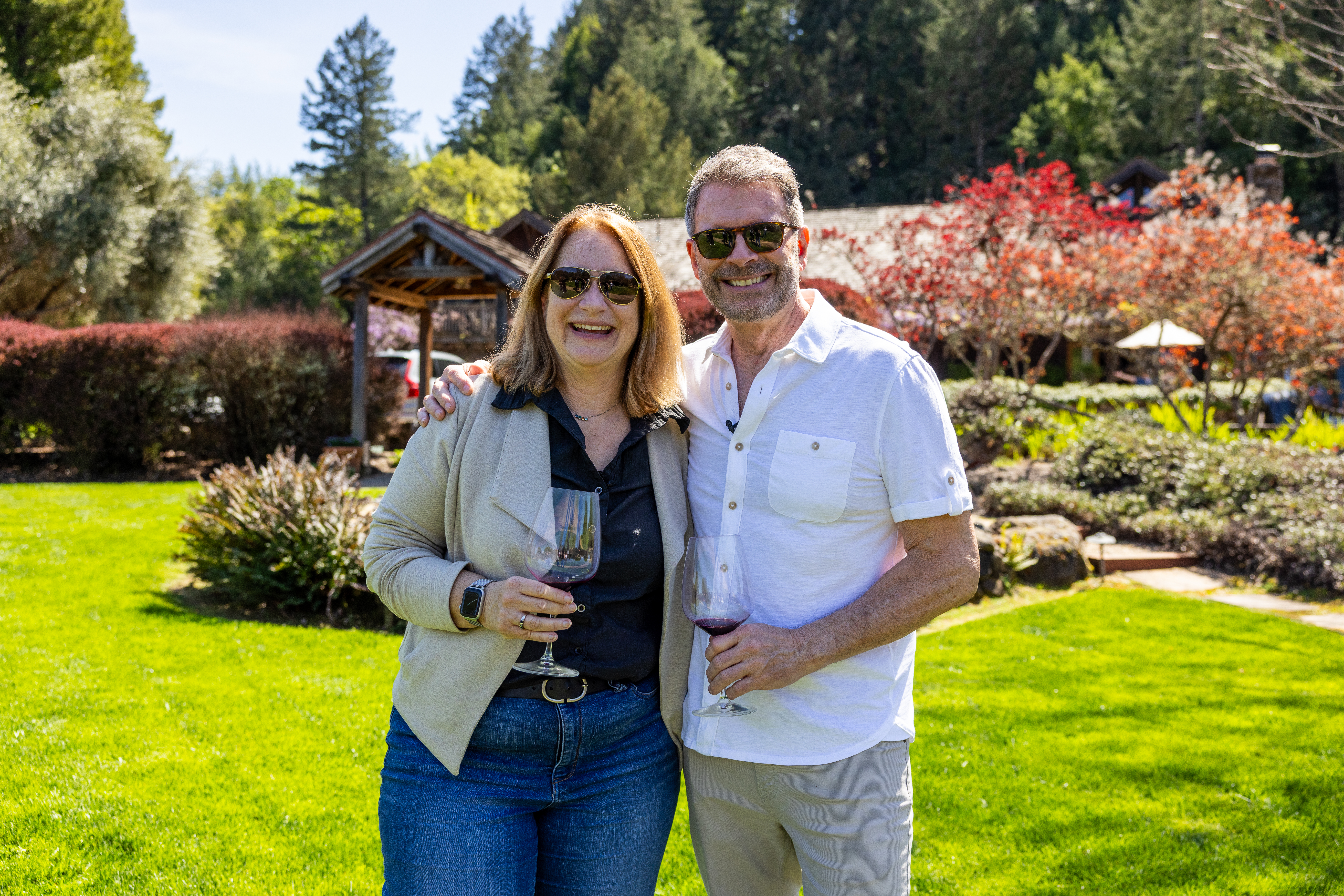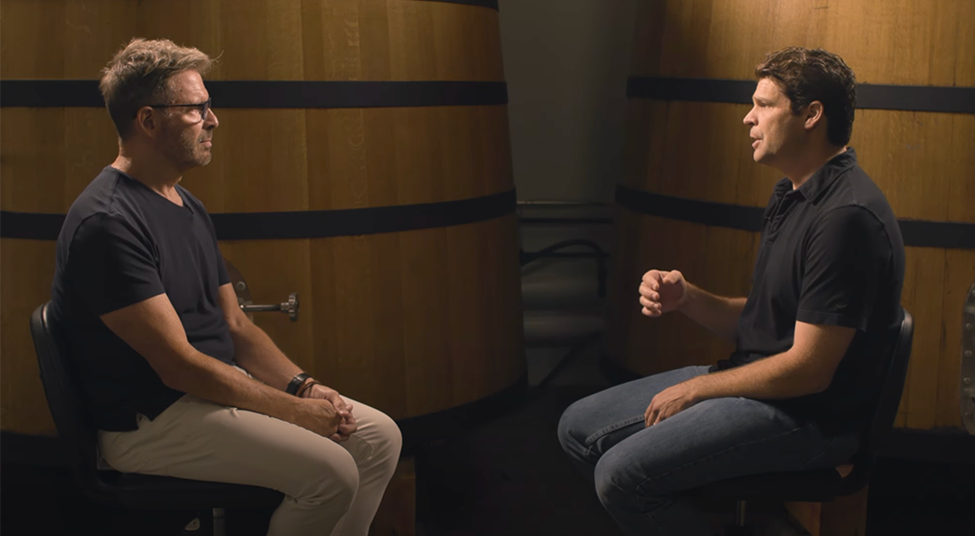Why Connections Matter…
Welcome to Sonoma County Connections, where the heart of our community comes alive through the voices of those who know it best.
I’ve always believed that real estate is more than finding the perfect home—it’s about discovering the unique connections that make where you live truly special. That’s why I created this series: to spotlight the stories and experiences that define life in Sonoma County. In each episode, you’ll meet individuals who share what makes this region extraordinary—from its culture and natural beauty to the relationships that make you feel part of something bigger.
These connections are about opening doors, discovering opportunities, and providing insider insights that hopefully bring value to your journey. Whether you’re new to Sonoma County or a longtime resident, these stories will inspire and deepen your connection to this exceptional place and lifestyle.
Join me as I celebrate the community I’m proud to call home and show you how these connections can make all the difference in your Sonoma County experience.
Winemaking
Meet Jen Higgins, General Manager and VP of Winemaking at Lambert Bridge Winery. Born and raised in Sonoma County, Jen shares how the region’s land, climate, and lifestyle inspire her wines — and why passion for place matters, whether you’re crafting a vintage or finding a home.
Construction
Meet Mario Tamo, Managing Partner with Shook & Waller Construction. Mario discusses the latest design trends in luxury homes and shares his expert insights into factors affecting a custom home’s price and timeline, from design complexity to material choices.
Winery
Meet Jeff Pisoni of Pisoni Family Vineyards. Jeff shares his family’s generational journey from dairy farming to celebrated winemaker, and discusses the balance, patience, and timing required to cultivate great wine and a meaningful life here in Sonoma County.




